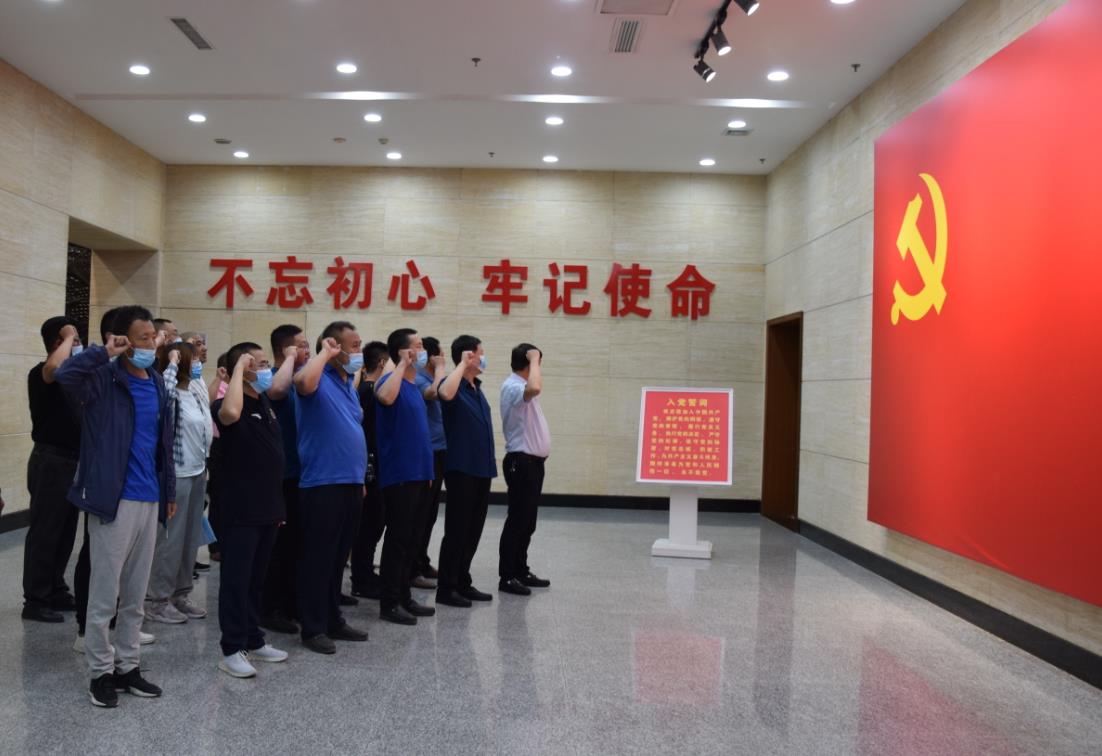
The 7.5-kilometer road to Xiyagou,which cuts through cliffs,is regarded as an engineering miracle.
Among the many legends related to Shanxi, The Foolish Old Man Who Removes the Mountains might be the most famous.
The story goes that an old man called Yugong pledged to remove the mountains that isolated his village on the border of today's Shanxi and Henan provinces.
Despite the hectic efforts needed for the mission and jibes from others, the old man said: "I will do my part as long as I live and when I die, my sons will carry on; when they die, there will be my grandsons, and then their sons and grandsons, and so on to infinity.
"High as they are, the mountains cannot grow any higher and with every bit we dig, they will be that much lower. Why can't we clear them away?"
Over thousands of years, the legend has become a precious cultural legacy among Shanxi residents. Similar attempts at improving access to isolated villages have frequently occurred in the province. One such project took place in Lingchuan county.
Lingchuan is located in a region bordering Henan province, at the junction of the Wangwu and Taihang mountains. Road connectivity had been the biggest challenge for many villages in the heart of the mountains.
This was the case of Xiyagou village, where people lived a self-reliant life because they had been isolated from the outside world for centuries.
A change took place in the early 1980s when local officials and residents agreed to build a road to link it to the outside world.
Song Zhilong, 65, was the former Party secretary of the village. He recalled how the road was built.
"We had mobilized almost all the resources of the village. In addition to investment from the county government, many families contributed their savings to the project.
"The job to build a road on and through the cliffs was by no means easy. As the natural conditions didn't allow the use of explosives, we cut through the cliffs inch by inch.
"The total length of the road is only 7.5 kilometers but it took us about 10 years to complete," Song said.
After its completion in 1991, the road was listed as one of China's top 60 new landmarks by the then National Administration of Tourism.
The road immediately turned the village into a tourist destination in Shanxi.
"Many tourists came to see the new engineering miracle. When they ventured far into the valleys and mountains of Xiyagou village, however, they would be offered additional excitement," Song said.
The village, consisting of several valleys with a total area of 15 sq km, is surrounded by cliffs as high as 1,000 meters.
A number of streams, waterfalls, deep ponds and caves can be seen in the valleys.
"This is a peach blossom stream-style village as it has been isolated for hundreds of years. It offers a typical scenery recited by ancient poets as a seclusive habitat, with features including ancient stone houses, stone bridges, flagstone pavements and traditions that have disappeared in many parts of the country," Song said.
By YUAN SHENGGAO
Li Yali contributed to this story.
 山西路桥:党建引领 建好“四好农村路”山西路桥建设集团党委扎实开展“党建质量提升年”,实施“六大工程”,立足“十四五”高质量、高速度、高效益发展的战略基点,全面提高党建质量和党建引领发展水平,为打造“国内一流的交通基础设施投资、建设、施工现代化企业集团”提供坚强政治保障。
山西路桥:党建引领 建好“四好农村路”山西路桥建设集团党委扎实开展“党建质量提升年”,实施“六大工程”,立足“十四五”高质量、高速度、高效益发展的战略基点,全面提高党建质量和党建引领发展水平,为打造“国内一流的交通基础设施投资、建设、施工现代化企业集团”提供坚强政治保障。
 常住人口3491万 山西人口普查数据"出炉"山西省统计局向社会通报山西省第七次全国人口普查主要数据。数据显示,山西省常住人口为34915616人,比2010年(第六次全国人口普查数据,下同)减少2.23%,年平均减少0.23%。山西省常住人口总量减少,主要受人口流动变化等因素影响。
常住人口3491万 山西人口普查数据"出炉"山西省统计局向社会通报山西省第七次全国人口普查主要数据。数据显示,山西省常住人口为34915616人,比2010年(第六次全国人口普查数据,下同)减少2.23%,年平均减少0.23%。山西省常住人口总量减少,主要受人口流动变化等因素影响。